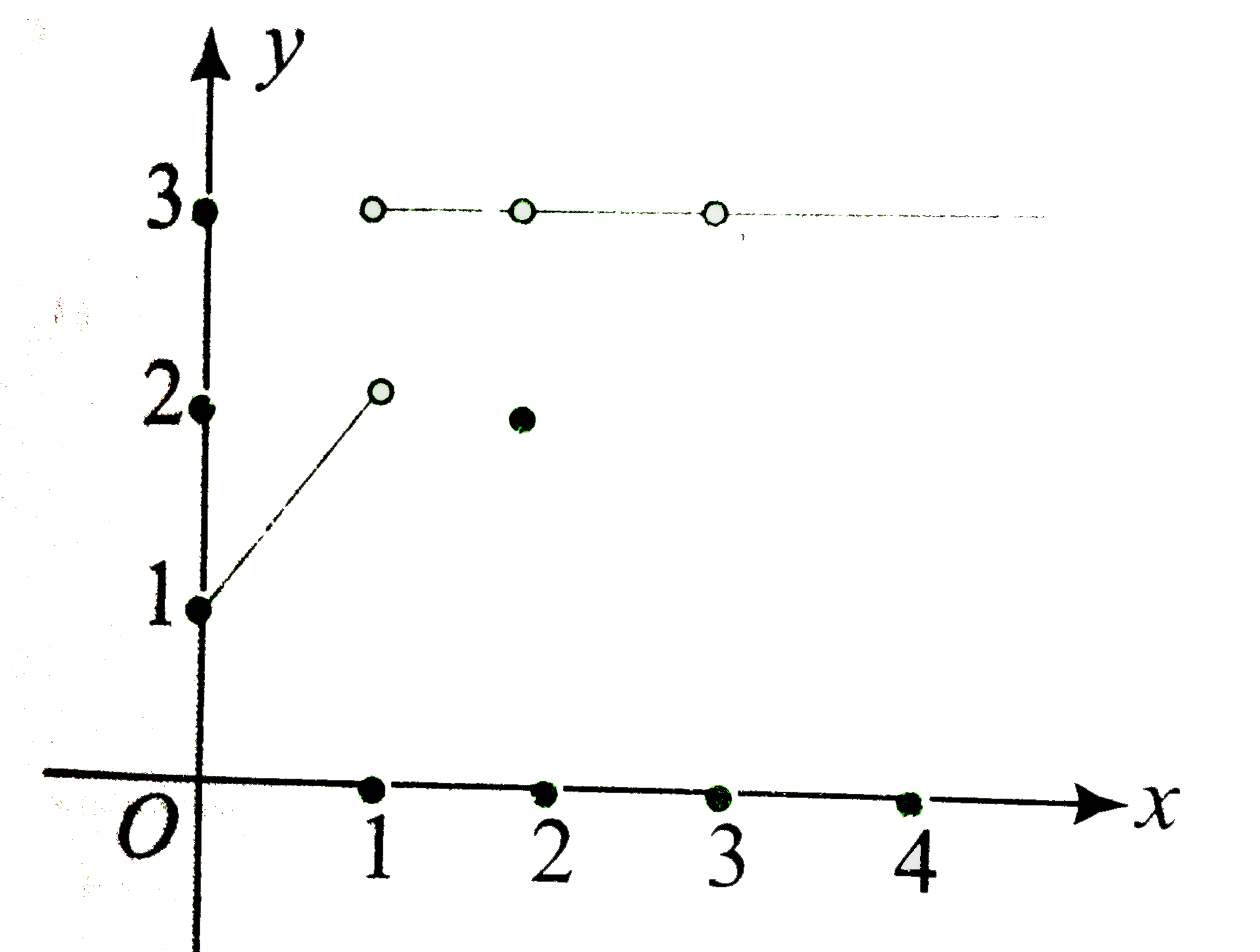If f(x)=3x2+ax+a+1x2+x−2, then which of the following can be correct (lim)x→1f(x)eξstsa=−2 (lim)x→−2f(x)eξstsa=13 (lim)x→1f(x)=43 (lim)x→−2f(x)=−13
limx→1f(x)exists⇒a=−2
limx→−2f(x) exists⇒a=13
limx→1f(x)=4/3
limP(x→−2)f(x)=−1/3
The correct Answer is:A, C
Step by step video, text & image solution for If f(x)=(3x^2+a x+a+1)/(x^2+x-2), then which of the following can be correct ("lim")_(xvec1)f(x)e xi s t s a=-2 ("lim")_(xvec-2)f(x)e xi s t s a=13 ("lim")_(xvec1)f(x)=4/3 ("lim")_(xvec-2)f(x)=-1/3 by Maths experts to help you in doubts & scoring excellent marks in Class 12 exams.
Updated on:21/07/2023Topper's Solved these Questions
- LIMITSBook:ARIHANT MATHSChapter:LIMITSExercise:Exercise (Single Option Correct Type Questions)
Explore 40 Videos
- LIMITSBook:ARIHANT MATHSChapter:LIMITSExercise:Exercise (More Than One Correct Option Type Questions)
Explore 15 Videos
- INVERSE TRIGONOMETRIC FUNCTIONSBook:ARIHANT MATHSChapter:INVERSE TRIGONOMETRIC FUNCTIONSExercise:Exercise (Questions Asked In Previous 13 Years Exam)
Explore 8 Videos
- LOGARITHM AND THEIR PROPERTIESBook:ARIHANT MATHSChapter:LOGARITHM AND THEIR PROPERTIESExercise:Exercise (Questions Asked In Previous 13 Years Exam)
Explore 4 Videos
Similar Questions
Knowledge Check
If the function f(x) satisfies limx→1f(x)−2x2−1=π, then limx→1f(x) is equal to
A1B2C0D3
If (lim)x→2f(x−9)x−2=3 then (lim)x→2f(x), is
View SolutionEvaluate the following: (lim)x→1[11+x−31+x3]
View SolutionIf f(x)=x(e|x|+[x]−2|x|+[x]) then (where [.] represents the greatest integer function) (lim)x→0+f(x)=−1 b. (lim)x→0−f(x)=0 c. (lim)x→0□f(x)=−1 d. (lim)x→0□f(x)=0
View SolutionConsider the following graph of the function y=f(x). Which of the following is//are correct?

(a)limx→1f(x) does not exist.
(b)limx→2f(x) does not exist.
(c)limx→3f(x)=3.
(d)limx→1.99f(x)exists.
View SolutionConsider the following graph of the function y=f(x). Which of the following is/are correct? fig. (lim)x→1f(x) does not exist. (lim)x→2f(x) does not exist. (lim)x→3f(x)=3
View SolutionIf limx→−2f(x)x2=1, find (i)limx→−2f(x);(ii)limx→−2f(x)x
View SolutionIf limx→−2f(x)x2=1, find (i) limx→−2f(x) and (ii) limx→−2f(x)x
View Solution